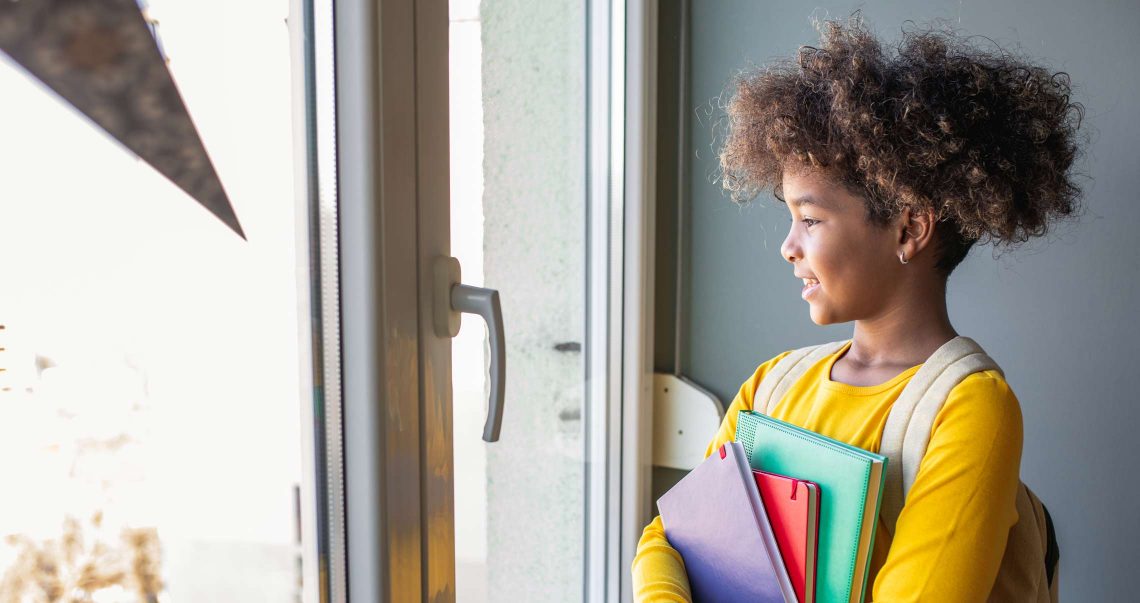Back-to-School Shopping in the Age of Inflation
Back-to-school shopping in the age of 8.6% inflation may seem daunting, but don't fret just yet. The good news is that school-related supplies haven't been the most heavily affected by rampant price hikes. They've increased 2.56% over the past year as the effects of inflation have become more apparent, while essentials like food, housing and auto sales have risen by an average of 10%.

The return to in-person learning is one factor that's driving an increase in spending. From 2020 to 2021, planned back-to-school spending per household increased by roughly $60, bringing the average total spent to $850 per household. Between backpacks, books, clothes and shoes, these essentials can get expensive. To keep costs down the next time you're back-to-school shopping, consider these tips.
1 See what supplies you already have
Before buying the entire student and classroom supply wish list, take inventory of what you already have. Maybe you have an extra container of disinfectant wipes that you can donate, or perhaps your kids didn't use up all of their notebooks, pencils and glue sticks from last school year. Supplies like binders and folders can also be reused, as long as they're in decent condition.
2 Clean out your closets
Encourage your kids to go through their closets and remove anything they no longer use. You can then sell the unwanted clothing at a consignment shop or through an online marketplace and pocket some cash to use toward their new wardrobe. Note that if your consignment income exceeds $600, you'll have to report your earnings on a 1099-MISC form when filing your tax return next year. If you choose to donate items to a thrift store, you may be able to claim the value of your donation as a tax deduction as long as you save your receipt.
3 Shop for discounts
While dropping off donations, see what the consignment store or thrift shop has to offer. Consider buying big-ticket items like coats, shoes, jeans and backpacks at these heavily discounted locations. Also keep an eye out for sales at local retailers, as well as area yard sales. If you do all the shopping, your kids won't even notice that their new-to-them jeans came at a price that won't break the bank.
4 Take advantage of sales tax holidays
Some states have days in which sales tax is reduced or eliminated on certain categories of items. These holidays often include back-to-school expenses. See if yours is one of the states with sales tax holidays.
5 Shop as early as possible
Do your best to get a head start on your child's supply list. It's estimated that 70% of people plan to start shopping at least 3 weeks prior to the first day of school, which may lead to empty shelves sooner than you'd expect. With supply chain issues in mind, try to purchase items sooner rather than later. This way, you can focus on the must-haves first, get other materials little by little and ease financial worries by spacing out your purchases.
Remember that it's OK to say no to your children if they're asking for everything new. They don't need a new backpack or lunchbox every year. Instead, challenge them to take care of the things you worked hard to buy so they can withstand the test of time.





